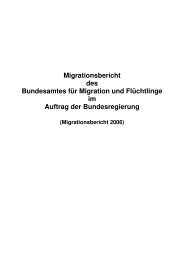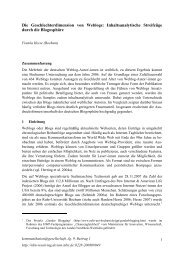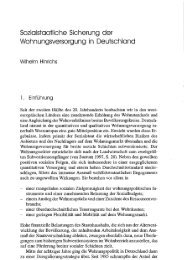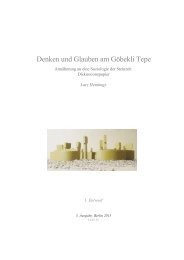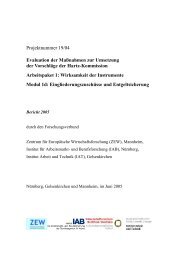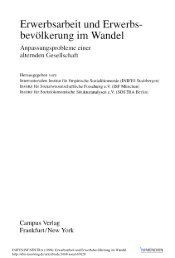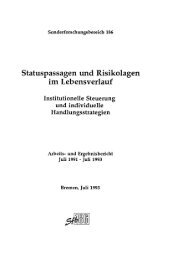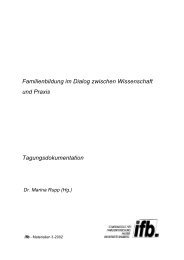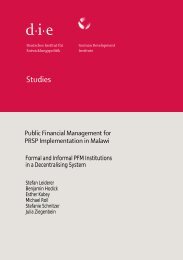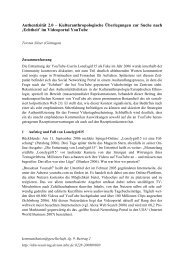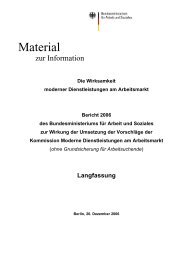Sharing Knowledge: Scientific Communication - SSOAR
Sharing Knowledge: Scientific Communication - SSOAR
Sharing Knowledge: Scientific Communication - SSOAR
Sie wollen auch ein ePaper? Erhöhen Sie die Reichweite Ihrer Titel.
YUMPU macht aus Druck-PDFs automatisch weboptimierte ePaper, die Google liebt.
Reflections on the Value Chain of <strong>Scientific</strong> Information 189<br />
The above leads to an academic institution-supported mode of “self publishing<br />
and archiving” (see also Harnad 12 ) for research and education. To establish<br />
such an environment requires the application of the same technologies as for<br />
research information only. A quick estimate shows that the total volume of production<br />
of educational information per institution would surpass by about an order<br />
of magnitude its required production of research information only. This means<br />
that the institution is in the position to piggy-back the production, archiving,<br />
distribution and dissemination and of research information on the production,<br />
archiving, distribution and dissemination of their educational information. Albeit,<br />
that for archiving it may be noted that archiving for education is in general<br />
shorter term archiving than archiving for research.<br />
In summary, academic institutions will have to and will develop their own internal<br />
value chain for information for research and teaching in order to prepare<br />
themselves for a future of open exchange of this information in a new regime of<br />
business models, or in a new value chain. It may be noted that the word business<br />
model is being used throughout this article as a model for the sharing, exchanging<br />
and trading of information between stakeholders of possibly different nature,<br />
non-commercial or commercial and all possible permutations.<br />
4.2 Strategic relations in the value chain<br />
Following the above we start from the premise that the creation by academic institutions<br />
of a publishing and archiving environment integrating the information<br />
for research and teaching is a key strategic issue in scientific communication.<br />
This means that academic institutions will each build institutional repositories<br />
for research and teaching. These institutional repositories will allow a global<br />
network of repositories. Next to these institutional repositories carrying the<br />
works of the employees of the academic institution such a network also has to<br />
cater for certification of the material. This requires the international organisation<br />
of entities independent of the academic institutions, as we have seen when<br />
discussing the value chain in chapter 3.2.<br />
Furthermore, institutional repositories will allow academic institutions to<br />
share and trade scientific information between them using a variety of appropriate<br />
business models of choice within academia and between academia and<br />
private industry. A clear vision on the value chain of scientific information is a<br />
prerequisite for developing adequate business models.<br />
This no doubt calls for a publishing role in such a network. This publishing<br />
role can be organised between and by the academic institutions, or by other organisations<br />
of a public or private character or by publishers, be these ‘for profit’<br />
or ‘not for profit’ publishers. This publishing function is a facilitating and ag-<br />
12 Stevan Harnad, “The self-archiving initiative”,<br />
http://www.nature.com/nature/debates/e-access/Articles/harnad.html




